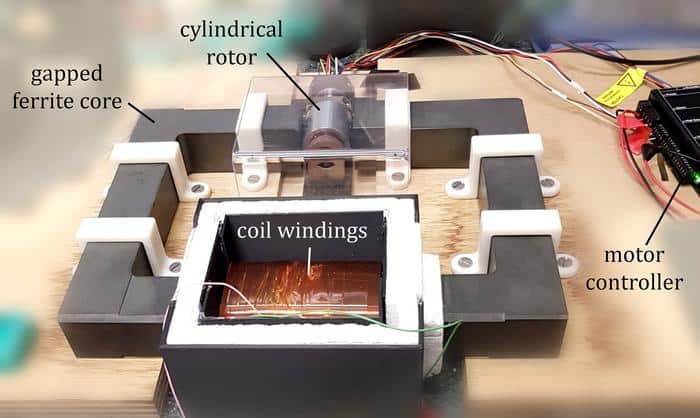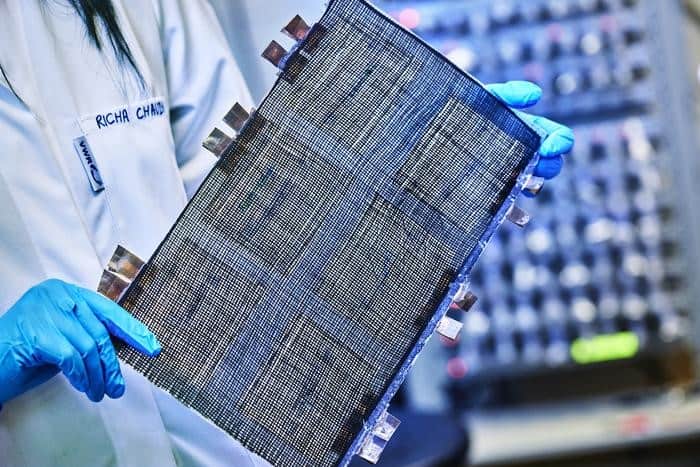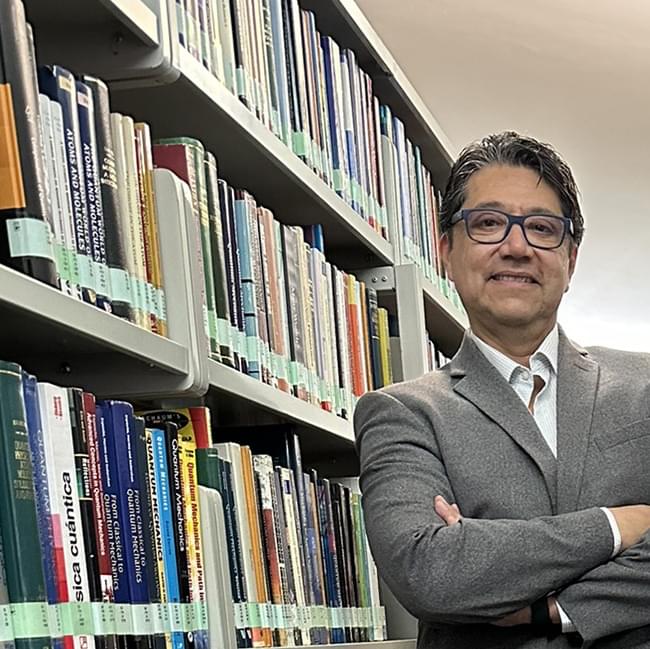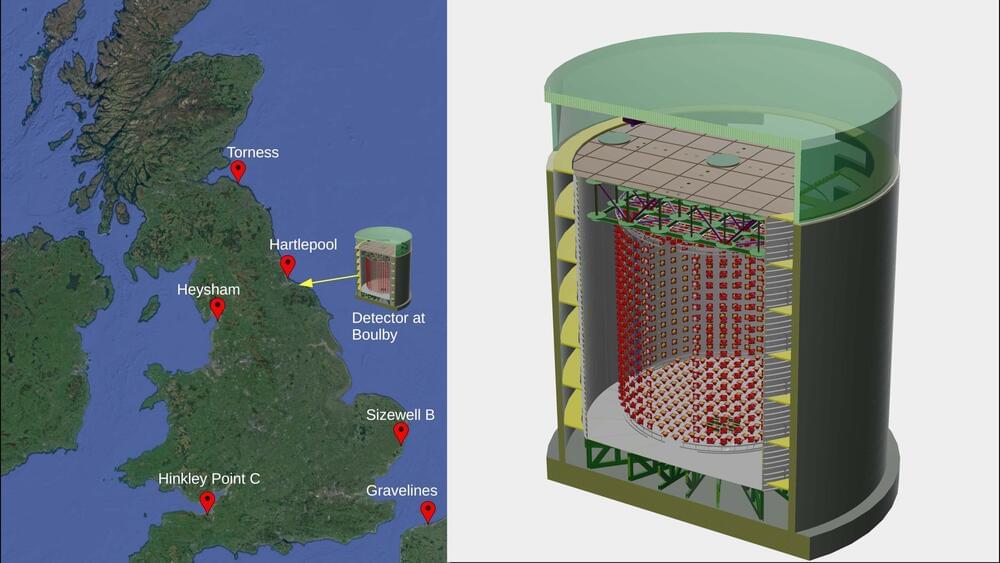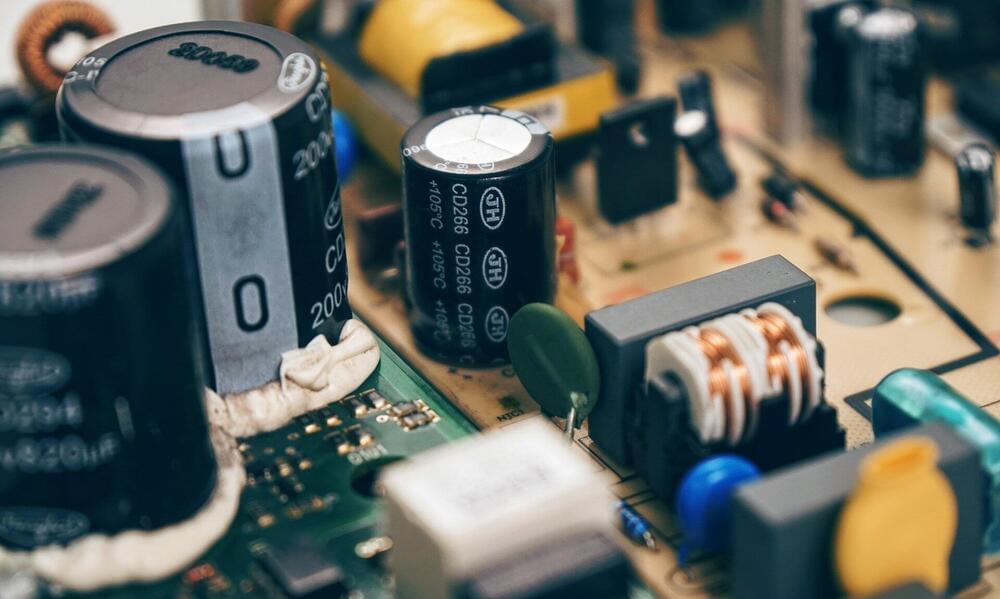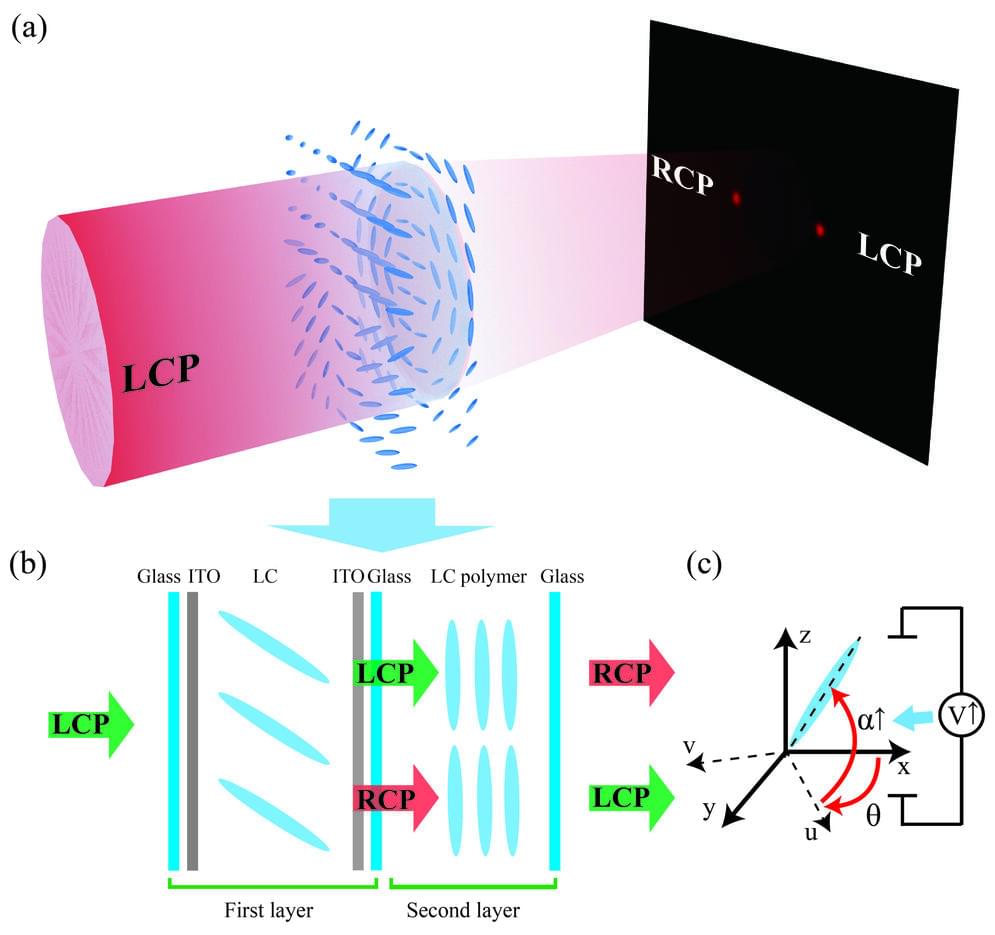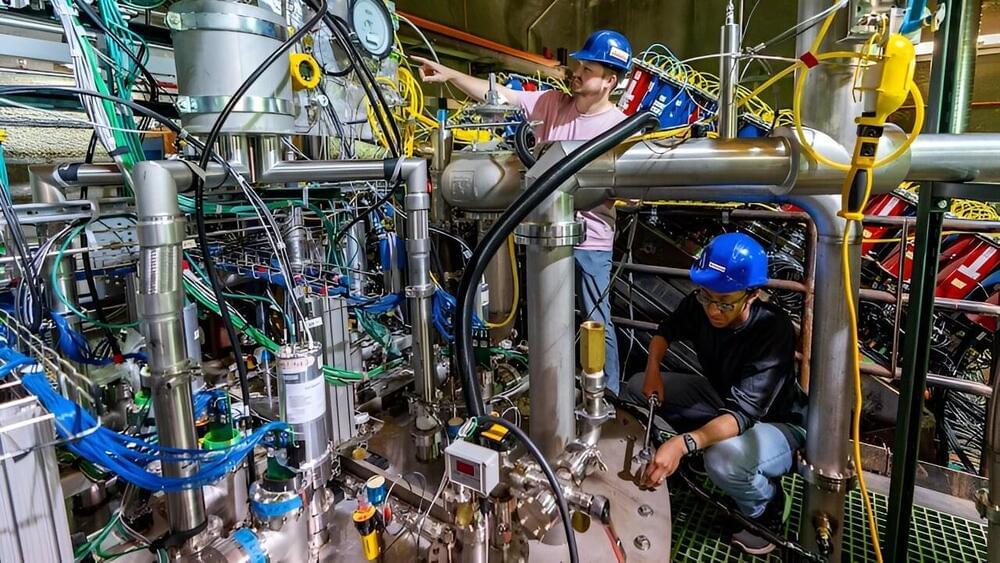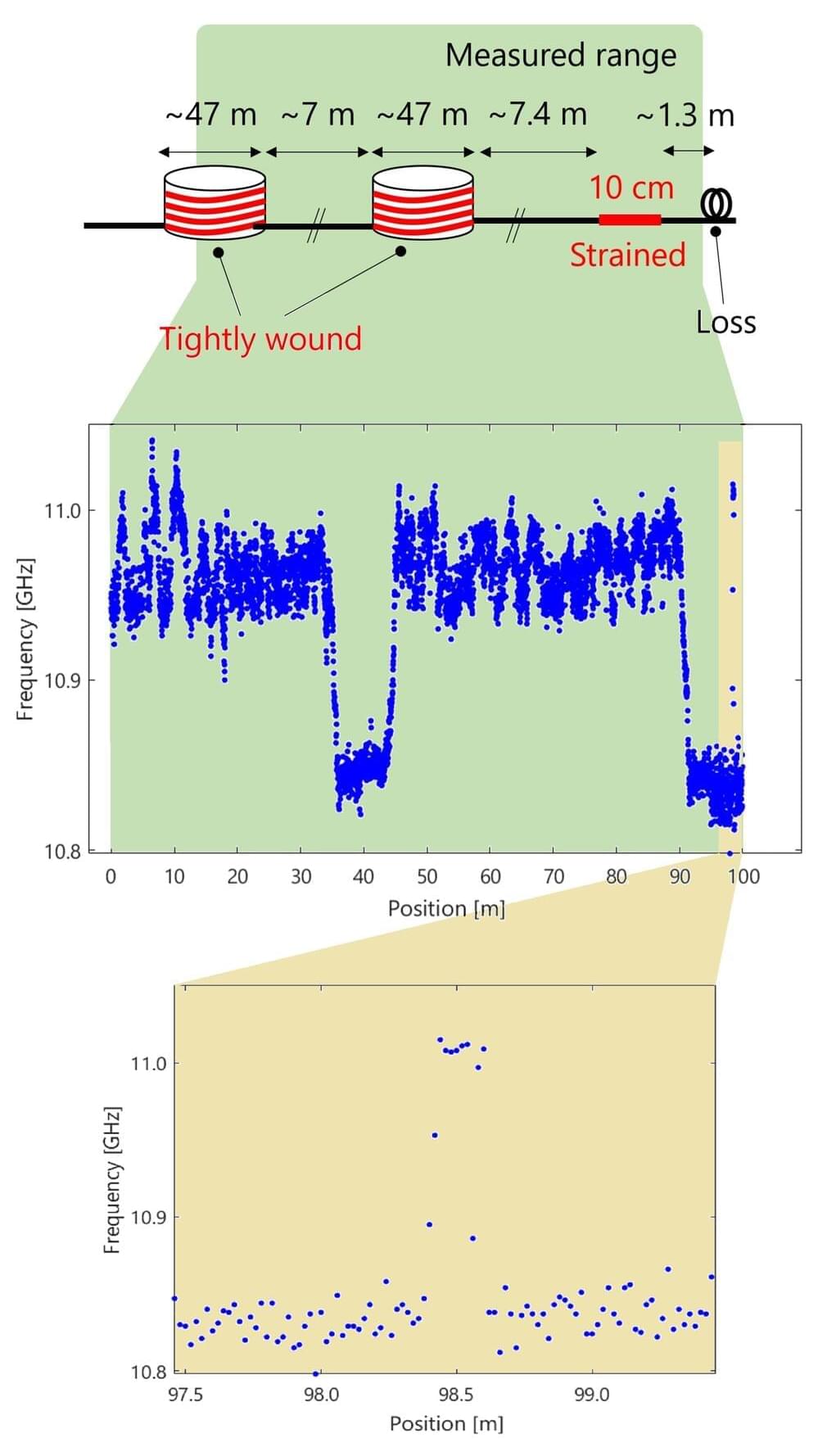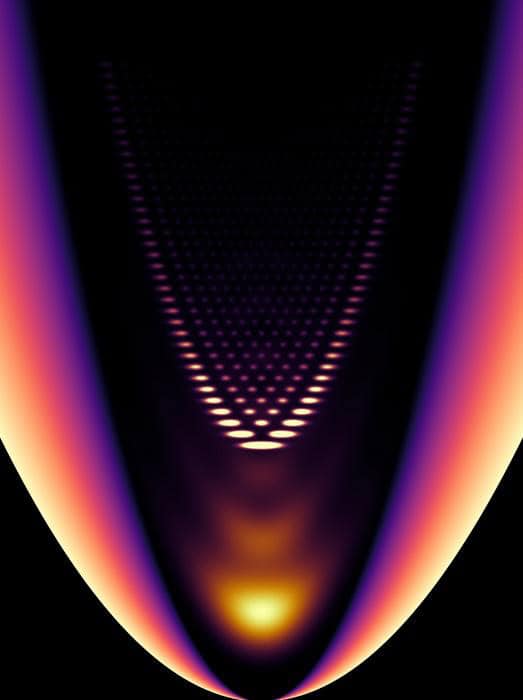Oct 2, 2024
Rotating cylinder amplifies electromagnetic fields
Posted by Omuterema Akhahenda in categories: energy, physics
Physicists have observed the Zel’dovich effect in an electromagnetic system – something that was thought to be incredibly difficult to do until now. This observation, in a simplified induction generator, suggests that the effect could in fact be quite fundamental in nature.
In 1971, the Russian physicist Yakov Zel’dovich predicted that electromagnetic waves scattered by a rotating metallic cylinder should be amplified by gaining mechanical rotational energy from the cylinder. The effect, explains Marion Cromb of the University of Southampton, works as follows: waves with angular momentum – or twist – that would usually be absorbed by an object, instead become amplified by that object. However, this amplification only occurs if a specific condition is met: namely, that the object is rotating at an angular velocity that’s higher than the frequency of the incoming waves divided by the wave angular momentum number. In this specific electromagnetic experiment, this number was 1, due to spin angular momentum, but it can be larger.
\r \r
